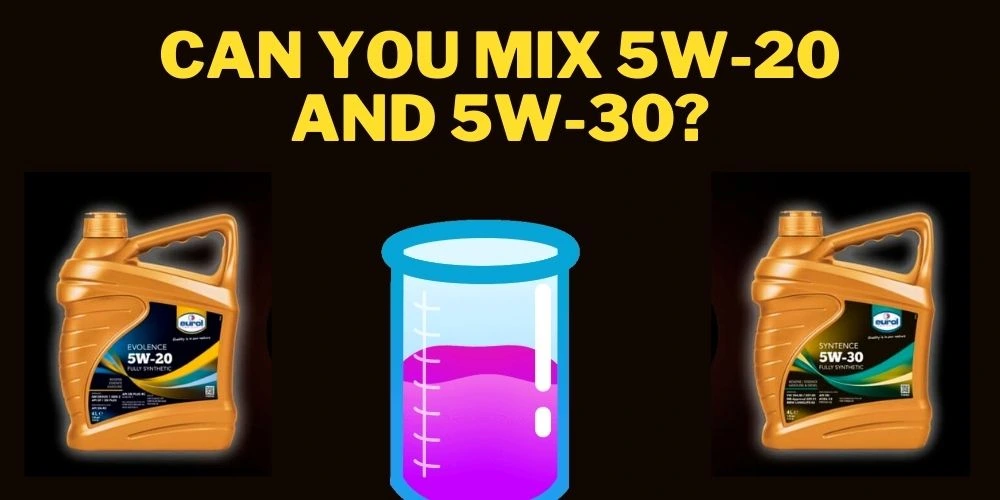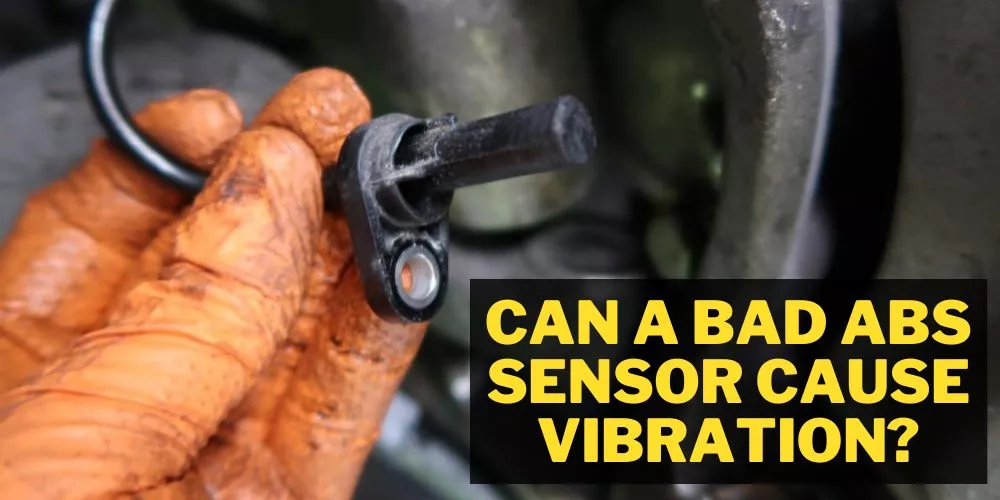Are you the proud owner of the 6.7 powerstroke? If yes, then do you know how often to change the fuel filter on the 6.7 powerstroke?
Honestly speaking, a 6.7 Powerstroke requires replacing the old fuel filter with a new one at regular intervals. The fuel filter replacement frequency depends on the drive time, dusty roads, and fuel quality. Indirectly it depends on how much dirt it gathers throughout its running time.
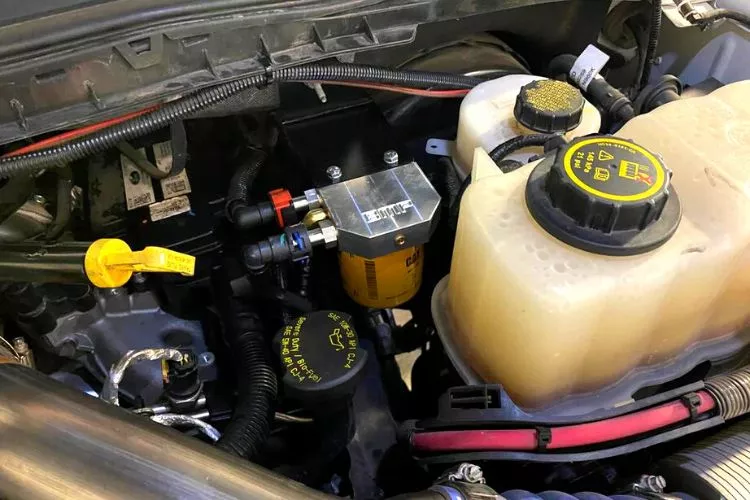
The fuel filter passes clean fuel to the engine. It blocks all the contaminants within the fuel, keeping it clean. Clean fuel facilitates the smooth running of the vehicle as it burns completely. Over a period, dirt accumulates over the filter, choking it.
A choked fuel filter with dirt cannot provide clean fuel and obstructs the running mechanism. Ultimately, it may lead to severe problems with the vehicle, damaging the engine.
Contents
How often to change the fuel filter on the 6.7 Powerstroke?
It’s ideal if you change the fuel filter every year or after a run of 15,000-25,000 miles, whichever is early on the 6.7 powerstroke. Vehicles driving excessively and using fuel with impurities will result in an early fuel filter replacement.
A clogged fuel filter hampers the vehicle’s performance, such as mileage, driving, and engine breakdown. To avoid these issues, put yourself into the practice of checking up on your vehicle with a regular mechanic from time to time. A nick in time saves nine.
Typically, you must replace the fuel filter after a run of 10,000-25,000 miles.
When should you change the fuel filter?
Ideally, check when to check the fuel filter in the instruction manual provided by the manufacturer. The fuel filter change depends on the make and model of the vehicle too.
Why is it important to follow the manufacturer’s instructions?
The manual provided by the manufacturer covers all the information and safety measures that keep away you and your vehicle from any unforeseen incident. In addition, you get a ready-made guide on when to change the fuel filter and how to do that with simple illustrations.
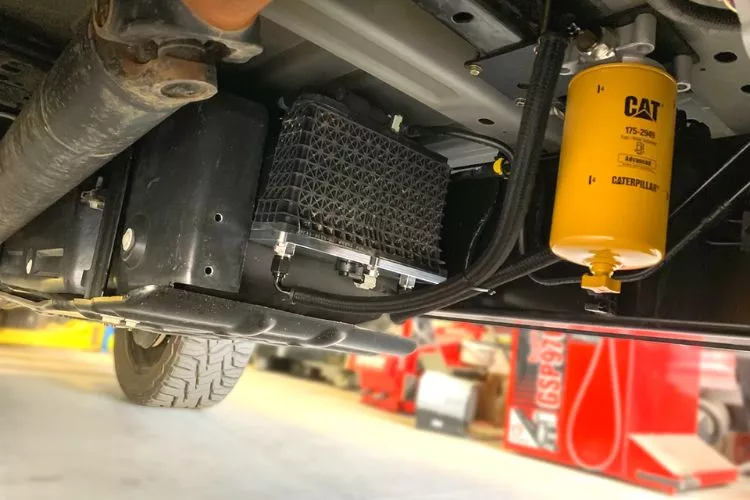
The fuel filter sits under the bonnet and is hard to change if you have zero knowledge about the car’s engine assembly. Then changing it through a professional mechanic is the viable option. The experienced professional mechanic will help you to change the fuel filter.
A location with dusty roads will clog the fuel filter with dirt in no time. Vehicles plying through these areas will need to change the fuel filters often. Similarly, a substandard quality fuel will have many impurities in it. The fuel filter will block all these impurities, choking itself. These problems may lead to early changing of the fuel filter.
6.7 Powerstroke bad fuel filter symptoms
Identifying a problem with the fuel filter is not hard. Luckily, there are a few symptoms to help you understand any issue with a clogged fuel filter. Let’s have a look.
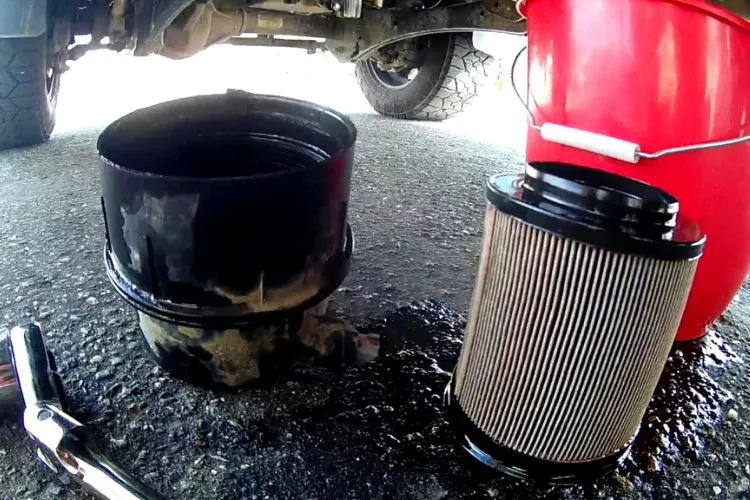
- Decreased fuel efficiency or power: If you are wondering why the fuel intake of your vehicle has suddenly gone up, it’s time to check the fuel filter. A clogged filter fails to block the impurities causing the system to pull up more fuel than required. It results in consuming more fuel. Moreover, you may also experience the engine needing help to perform at its optimal level.
- Difficulty starting the engine: Vehicle cribbing to start after a couple of hours or a full day indicates something wrong with the fuel filter.
- Engine misfiring or stalling: Rough acceleration or sudden halting of the vehicle also indicates a fuel filter that has gone bad.
- Unpleasant smell: Rotten eggs stinking in the cabin is due to sulfur levels increased in the fuel. It is because the clogged fuel filter couldn’t block impurities from the fuel.
- Unusual sounds: The engine may emit various sounds, such as pounding or clicking during acceleration, braking, crossing bumps, or highway speeding. It’s a clear notification of a bad fuel filter.
- Trouble driving up uphills: A delay in acceleration while driving uphill notifies you to change the fuel filter.
- Smoke: Smoke emitted while driving the vehicle is also a sign of a bad fuel filter.
6.7 Powerstroke fuel filter change problems
Changing a fuel filter may be a daunting task for an individual unaware of the engine’s assembly. Herewith is a list of a few problems you might encounter while trying to change it. Let’s understand how to deal with those.
Difficulty removing the fuel filter
You may face difficulty removing the fuel filter when you intend to replace it with a new one. Rusty bolts and fittings may not budge, and you will have to have a workaround to deal with this. Herewith are a few tips to get this done.
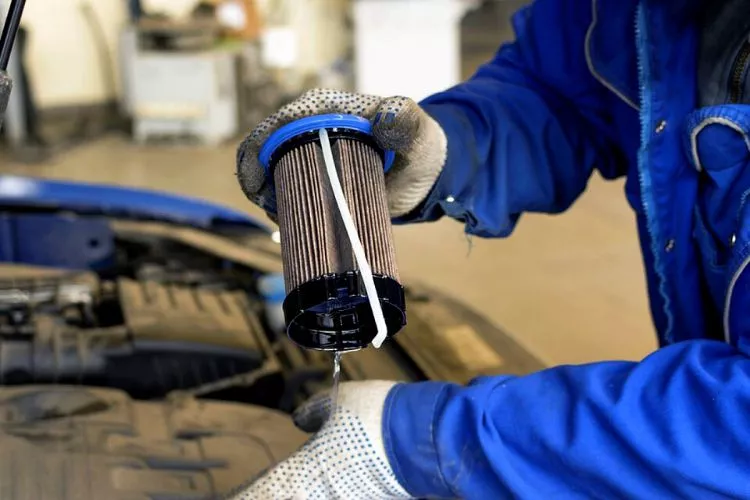
- Oiling the fittings loosens out the rusty bolts. But if they do not, please proceed to the following alternative steps.
- Use a brand grease cleaner solution to rid all the greasiness and oiliness from the part. Blow it dry using compressed air. Alternatively, you can air-dry it, but it will take some time.
- Spray water onto the rusty part. Allow it to settle for 15 mins. (Water triggers the rusting process.)
- After 15 minutes, sharply but gently knock the rusty fittings with a flat punch and hammer.
- Again spray water and allow it to settle for 15 mins.
- Try loosening the fittings bluntly. Use a wrench gently to ease out the fastening.
- The bolt may loosen out but still will be tight. Try rocking the bolt back and forth.
- Continue easing and tightening the fastener with the wrench alternately until you notice disengagement of the bolts.
- Try spraying penetrating oil on the part to facilitate the process.
Protip: You can also use brake fluid or vinegar instead of water. Or a mixture of acetone and transmission fluid in equal quantity.
Caution:
Keep a watch on the acetone fumes. Prevent these solutions from spilling on any painted area. It will damage or discolor the painted area.
Fuel leak during or after filter change
If you notice fuel leaks during or after the filter change, you must have over-tightened or under-tightened the cap. Tighten the cap precisely in compliance with the manufacturer’s specifications using a torque wrench.
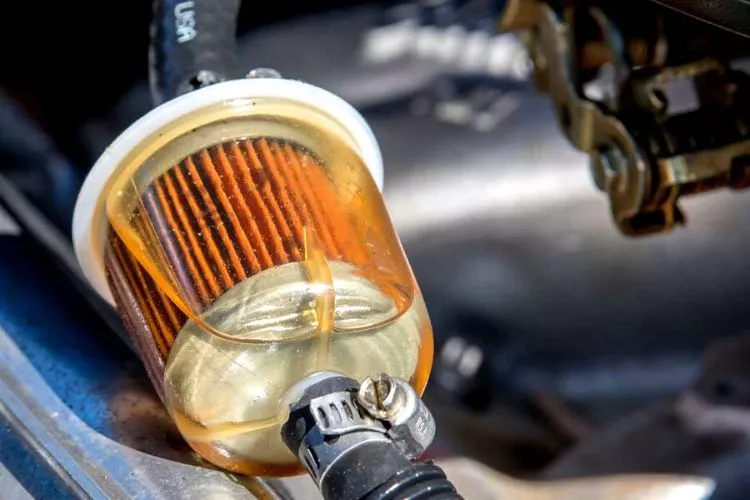
Another possibility is of breakage or falling of ‘O’ rings. Ideally, you should take your car to your mechanic and sort out the issue.
Difficulty starting the engine after filter change
It may be due to no fuel supply to the engine. While replacing the fuel filter, there is a possibility of air bubbles entering the fuel system. You can remove the air using a manual primer pump and air-bleed screw (if available in your vehicle).
Pump the primer pump about 50 to 500 times. Turn the air-bleed screw simultaneously. You will hear the hissing sound of air slipping away. Pump until you can’t hear the hissing noise, indicating complete air removal. Then tighten the screw and try starting the engine.
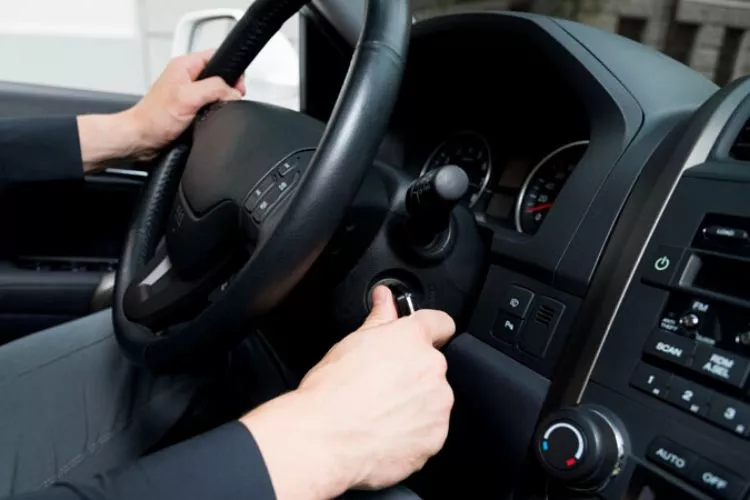
Alternatively, for some diesel engines, you can achieve the same results only with ignition. In this process, insert the key into the ignition, turn it on (do not start the vehicle), and then turn it off. Repeat this about 4 to 5 times. On the fifth or sixth attempt, try cranking the engine, and the engine will start. Ensure to idle the engine for 30 seconds and check the fuel filter for leaks.
Poor engine performance after filter change
Double-check whether the installation of the new fuel filter is appropriate. Poor engine performance is due to an insufficient supply of fuel. In addition, ensure the electrical processes and controls are up to the mark and communication between the various components is flawless.
Tips to avoid 6.7 Powerstroke fuel filter change problems
Here are a few tips to avoid fuel filter change problems.
- Relieve fuel pressure as per the recommended procedure by the manufacturer before removing the filter. You can relieve maximum fuel pressure by cranking the engine and removing the fuel pump fuse/fuel pump relay.
- In the case of an external filter, check for deteriorated fuel hoses and lines due to rust, oil, and dents. If you notice any components damaged, replace them with new ones.
- Discard the old rubber hoses with new ones that come with the new fuel filter. Old rubber hoses may rot and leak.
- Ensure you align the hose clamps and tighten them appropriately as per the specifications.
- Replace the seals with new ones to prevent leakage after tightening the joint. The fittings should not be overtightened or cross-threaded. Avoid using RTV or other sealer types on the fittings. Tighten the fittings using a line or backup wrench only.
- Use only fuel system-compliant O-rings. If not, they may deform and crack.
- After installing the fuel filter and fuel pump fuse and reassembling everything, it’s time to test. With a disabled ignition system, crank the engine 3-4 times. It will help to build the fuel pressure.
- Ensure there are no leaks in the fuel filter and fuel lines.
- If all ok, start the engine. Run it for a couple of minutes and recheck for any leaks.
- Avoid the usage of non-fitting or faulty gas caps. Ensure they are OEM compliant.
Frequently Asked Questions (FAQs)
How many miles should you change a diesel fuel filter?
Changing a diesel fuel filter after 10,000-15,000 miles is ideal. It is because diesel fuel has more impurities than petrol and gas.
How long are diesel oil filters good for?
Diesel filters are good to run for about 10,000 to 15,000 miles.
How much does it cost to change a diesel fuel filter?
The cost to change a diesel fuel filter falls within the range of $60 to $120. For in-tank filters, the price may go up from $70 to $160, including accessories and labor.
Conclusion:
A fuel filter is a tiny part but plays a prominent role. It blocks all the impurities from the fuel and supplies clean fuel to the engine. Poor mileage, engine stalling, bad odor in the cabin, and unusual noises, all indicate a clogged fuel filter.
It’s vital to take your vehicle to your mechanic as soon as you notice these symptoms. Follow the manufacturer’s instruction manual to replace the fuel filter. Follow all the safety tips while replacing the fuel filter to achieve efficient vehicle performance.

